
99—
Cannabis (Part-three.)
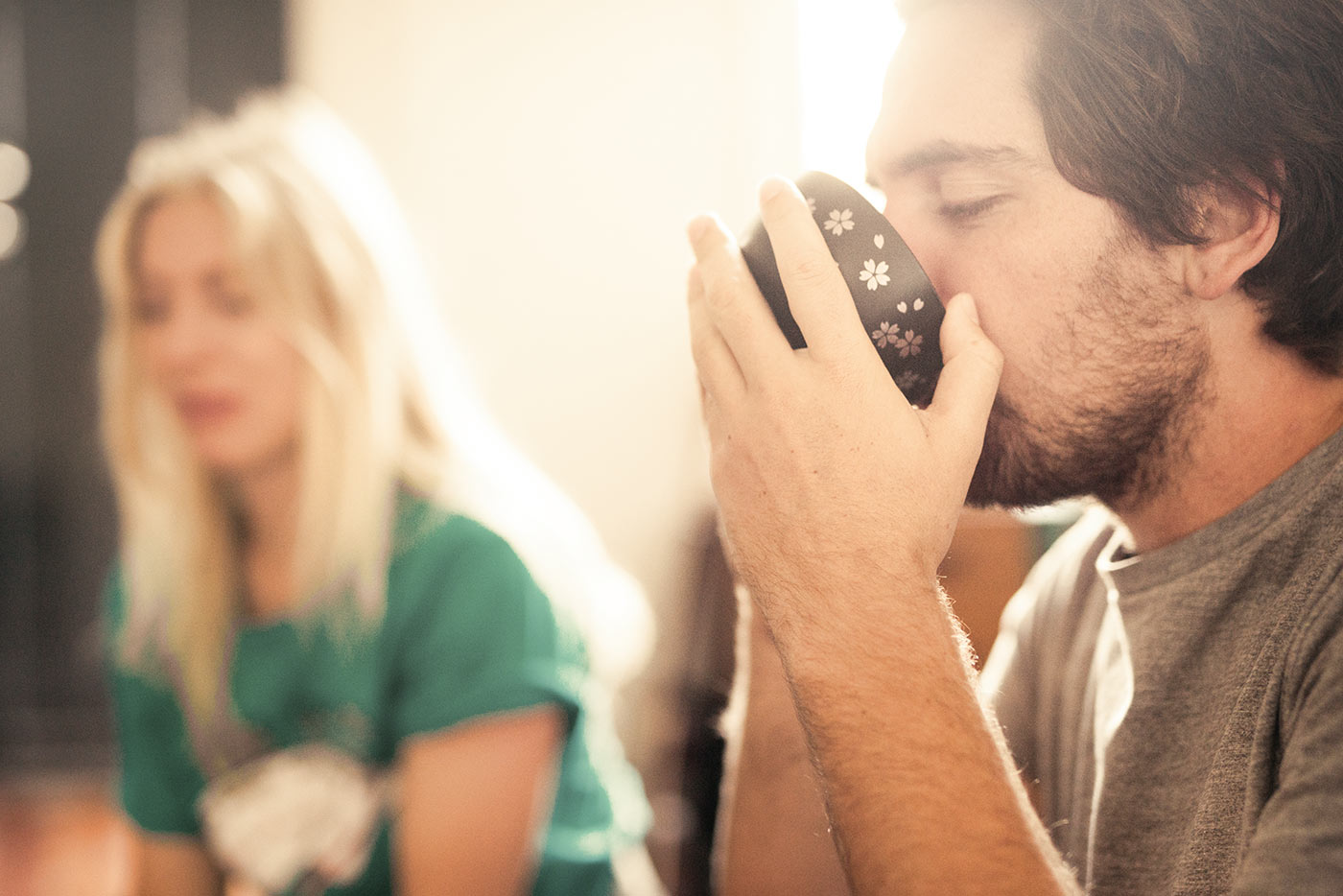
Kava is a small shrub grown in the islands of the south and west pacific. Traditionally, the root of this shrub is dried and ground into a powder which is then ‘kneaded into water’ (or coconut milk). This creates a beverage that is renowned for its relaxing properties.
Kava is served in coconut shells and used during religious and cultural ceremonies to induce an altered state of consciousness, as well on social occasions to induce relaxation. (Traditionally this latter use is reserved for men.) Kava is also used for many medicinal purposes.
Note: There are many different varieties of Kava found throughout Polynesia, Melanesia, & Micronesia.
Today, Medical Herbalists use standardised Kava in a convenient tablet form or liquid herbal extract. We prescribe it for its powerful psycho-sedative activity. In laymans terms this means that it just calms the ‘crazy’. (It doesn’t mean that it knocks out crazy people.) 😋
Note: This action is largely attributed to the kavalactones it possesses. Standardised means that every dose has an exact amount of the active constituent.
Kava is a key herb for treating those people that experience ‘stress’ (mood swings, anxiety, sleeping difficulties). This herb enhances your mood and helps you to sleep by supporting your nervous system1.
Some other potential effects of taking standardised Kava in tablet form or liquid herbal extract are: increased cognitive function, reduced fatigue, introverted behaviour, excitability & anger.
Kava has the power to make you a calmer person so that you may feel more at ease in the world2.
The herb, Kava is technically known as Kava-Kava. However, in New Zealand we have a native herb called Kawa Kawa. Therefore to avoid any confusion we simply shortened the name of this non-native so that it sounds relatively different.
Note: Kava’s latin name is Piper methysticum. Kava also has many colloquial names including: awa, sakau, and intoxicating pepper.
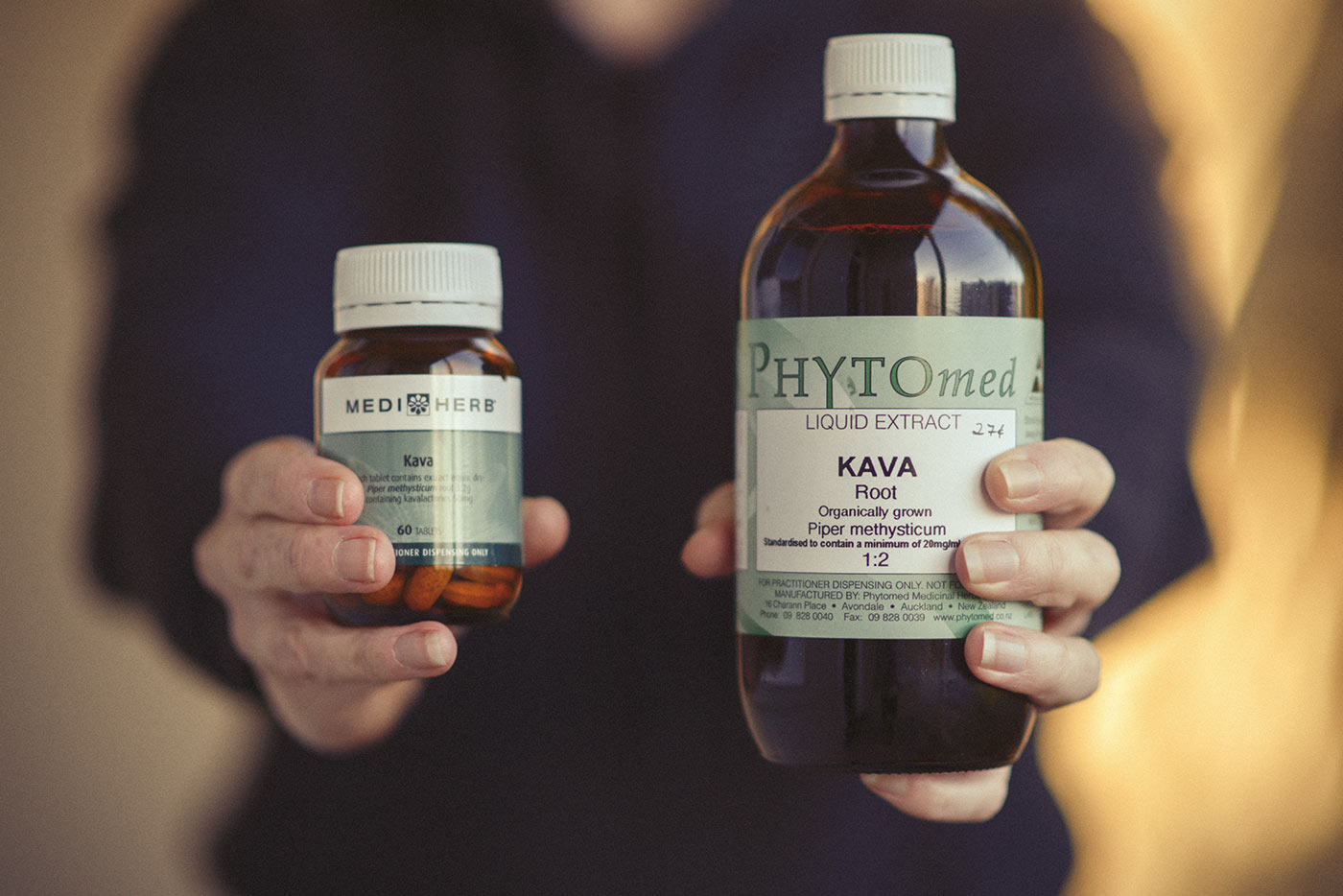
Medical Herbalists use medicinal Kava in the following cases as it makes a wonderful natural alternative to medications that treat these disorders.
Kava is used for general anxiety, restlessness, and tension.
Note: It’s actually really helpful for menopausal related anxiety and depression. What a pity it is traditionally only consumed by males…
This herb is also used for people suffering from stress and mild depression. It is also helpful for sexual dysfunction.
Note: Kava can actually improve cognitive performance in healthy individuals suffering from anxiety. So, it’s a fabulous herb to take if you have ‘pre-exam jitters’ because it won’t affect your attention or processing capacity.
This herb is also very effective in situational-anxiety, for example when taken pre-operatively, or when waiting for medical or test results.
Kava is used in three ways here for moderate to severe sleeping issues:
It is used for onset insomnia — this is when a person has difficulty getting to sleep because their mind is too active (they are worrying) or because their body is too active (they are producing too much cortisol at the wrong end of the day.)
It is also used for those suffering from excessive REM stage/short delta wave stage sleep — basically those suffering from nightmares, and those who are having long dreams 😉
Kava is also used for those who have trouble sleeping due to pain.
Note: Depending upon the particular issue, I might use Kava in conjunction with Mexican Valerian, California Poppy, Jamaican Dogwood, or Passion Flower.
Kava is used for muscle tension or spasm. This herb is also used for muscular pain, headache, toothache, earache, and eye pain.
Note: I may use this herb in combination with Crampbark, or other herbs, for a cumulative effect.
Kava is used to help people withdraw from benzodiazepines (addictive sleep medication). This is because Kava has been shown to be just as effective as this type of medication — without the side-effects — and without becoming addictive.
Kava is helpful for inflammation and infection of the genitourinary tract. It can be used for cystitis, urethritis, and nocturnal incontinence (bed-wetting).
Studies suggest that Kava consumption is inversely correlated with cancer incidence3. This essentially means that the more Kava is consumed by the population in any given South or West Pacific region, the lower the cancer incidence will be.
Cancer incidence was significantly higher in women than men in Fiji, Vanuatu & Western Samoa. (Traditionally only men drink Kava…)
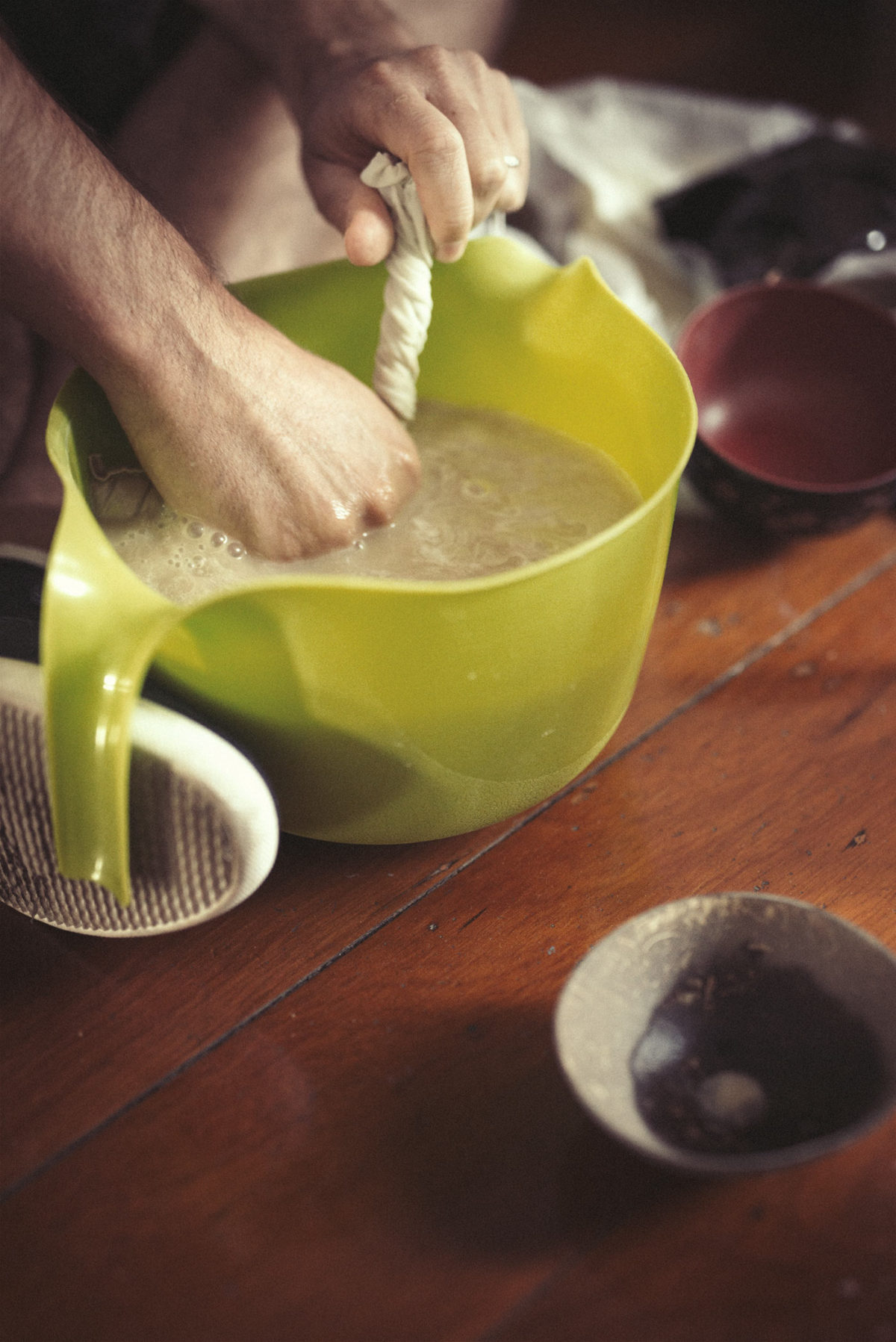
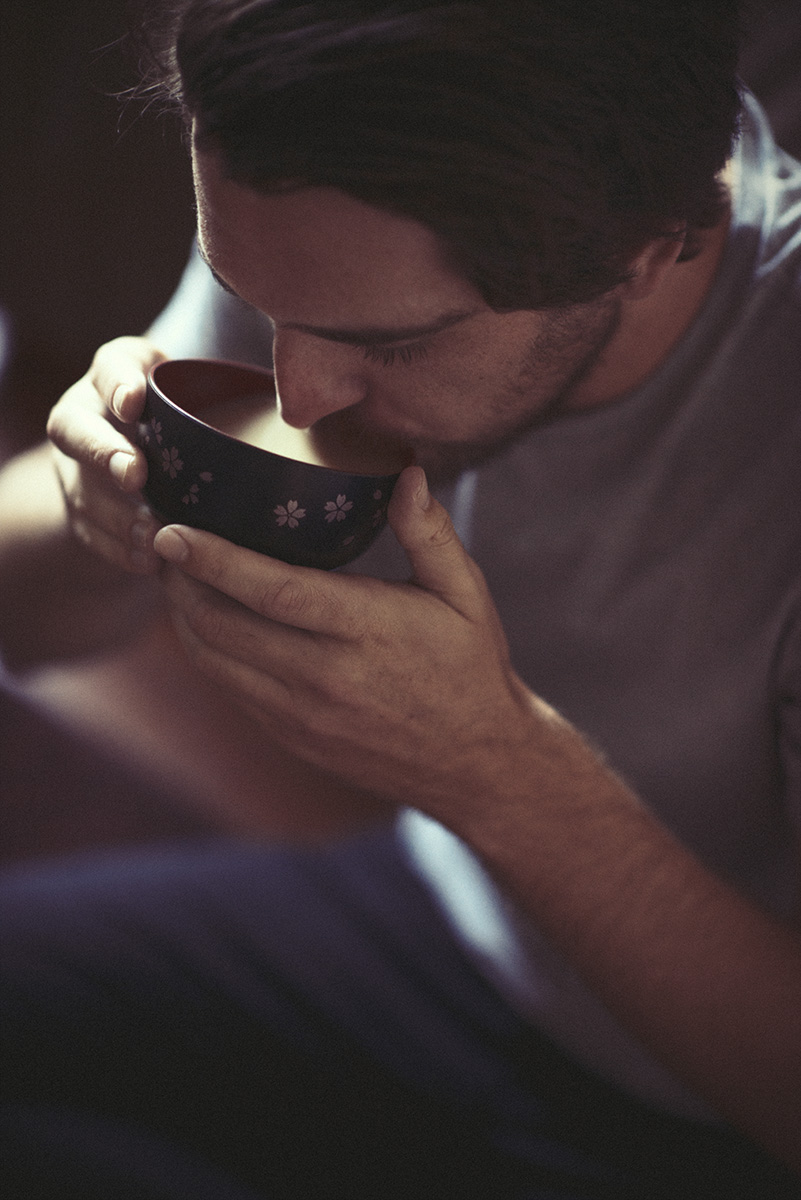
Some friends and I had a Kava ‘sesh’ at OOMPH a few weeks back. The lovely Henry from the Kava Society kindly came over to teach us all about the different types of Kava and how it is traditionally used. (He’d been forwarded an article that I had written about stress — which mentioned Kava — so he knew I was a fan of this herb.) It was a fascinating evening!
Henry made us traditional kava — which is an aqueous SLURRY (a cold or warm water infusion). As he did this, he shared his wealth of knowledge about this herb, such as Kava’s origins and the difference between some of the many cultivars.
Note: A cultivar is a plant variety that has been produced in cultivation by selective breeding.
He warned us that we may not experience much effect from our first session because traditional Kava has what is referred to as ‘Reverse Tolerance’. This means you need to take it regularly in order to gain the full effect.
Note: The results in clinical trials of Kava have been found to improve over time.
And, he was right — we each had four bowls of Kava and it didn’t have much of an effect on any of us; although we could agree we all felt a somewhat mild sensation of sedation. Henry, however, appeared to experience an instant effect after drinking his first bowl! This is because Henry is a regular ‘drinker’. Being an observant Naturopath, I noticed his pupils quickly dilate, and he relaxed immediately — it was quite miraculous to witness 😉
Note: I found it interesting that while I somewhat regularly take Kava as a liquid herb, traditional Kava didn’t have much of an effect on me. However, when I take the standardised medicinal variety, I feel the therapeutic effects almost instantly — as do my clients.
Here’s my FOR and AGAINST list that I put together in consultation with my fellow first time Slurry Slurpers.
(FOR)
This is indeed an interesting experience. Our ‘sesh’ was most educational, social, and cultural.
The Kava Society promote that you only drink ‘noble’ forms of Kava, that you drink this herb slowly and that you exhibit moderation.
To find out more about ‘Noble’ Kava check out this link.
(FOR)
It’s a good chance to slow-the-heck-down and reconnect with others around the Kava circle and share your views on life.
Kava just relaxes you — it doesn’t affect your cognitive ability. It’s non-stuporous. And, Garry Stoner, the founder of True Kava, gives a great summary of the key difference between kava and alcohol: “Kava doesn’t make you someone you’re not, it helps you be who you are”.
And Lisa Fitzgibbon, the founder of OOMPH says: “If Kava were a person it would be a peaceful person — not an argumentative, aggressive, uncooperative, pain-in-the-arse type of a person” 😉
(FOR)
It’s a fabulous thing to do (and to relax you) if you can’t, won’t, or don’t want to drink alcohol.
(FOR)
Kava isn’t addictive and it also doesn’t result in a hangover — unless of course you dabble in the ‘non- noble’ Kava cultivars, that is!
Note: This doesn’t mean that Kava isn’t habit forming…
(AGAINST)
There is quite a bit of effort involved in making this ‘stuff’ (let alone learning about how to consume Kava safely).
There is also a lot of waiting around between ‘vessels’. And, you would need to sit through a number of these sessions in order to begin to fully benefit from this beverage. Because unfortunately, for a novice drinker, the effects are minimal. It’s almost a bit of a ‘let down’ — even though you’ve been warned that this will mostly likely be the case.
(AGAINST)
You have to gulp down your serving (between 100-150ml). This is to prevent the sediment from settling and also because it’s not a very pleasant beverage to sip slowly.
Following this, you must wait 20mins for your next vessel, so as to monitor its effects (and to wait for more to be made).
Note: Two of us felt a little nauseated from the taste, the smell, and all the gulping.
(AGAINST)
It tastes ‘earthy’ and bitter and has quite a distinctive smell.
Note: I can pick Kava out based on its smell, even when it’s mixed with several other herbs in a medicinal formula.
You can use fruit juice to chase your Kava. However, we were all health conscious, so we just ate pieces of fruit in between our Kava servings to cleanse our palates.
Kava is very much an acquired taste.
Let’s just say: It’s not Rosé…
(AGAINST)
Kava should be consumed on an empty stomach for best effect. This means you can’t eat for 3–4 hours before a session! Three. To. Four. Hours.
Technically you need to ‘un-line your stomach’ before its consumption — the opposite way you would prepare for consuming alcohol.
Note: You can eat a light meal after your Kava ‘sesh’. Apparently if you eat a warm meal it can enhance the effects of the Kava. (Maybe this would be a good thing for first time users?)
(AGAINST)
To safely imbibe this stuff, you need to educate yourself on the different cultivars (they all have different taste profiles and various actions). You need to understand its safety profile (is it safe to drive, to mix with alcohol, to drink when pregnant & lactating). Then, you need to learn how to make the stuff. (And, again, you can’t eat for at least 3 hours beforehand.)
Note: It’s probably a lot easier to just buy this stuff from a reputable source like The Kava Society. (They also sell micronised and instant Kava that requires no preparation.) Or, better still, become part of their ‘Kava Culture’ to ensure responsible usage.
What I’m saying is that it’s a commitment. You wouldn’t just be able to have a spontaneous session. A Kava session is more of a planned occasion than a spontaneous ‘Let’s go for a drink!’ type situation.
(AGAINST)
Yes, I realise I popped something similar on the ‘for’ list… But to be fair, sometimes it’s more about the drinking! (In moderation of course.)
While I can completely appreciate ‘traditional’ Kava — it really appeals to me ‘on paper’ — in reality it’s just not my ‘thing’. Because I lead a busy life, and I’m a relatively impatient person, all the mucking-around just does.not.appeal.to.me. And, rather than regularly gulping Kava to gain my ‘reverse tolerance’ wings, if I want to unwind with friends, then I much prefer to enjoy a couple of glasses of quality wine. Being a Celtic-Frenchie, this is traditional for me.
I like good quality alcohol. I adore the taste as well as the aroma. And, I love the way it makes you feel relaxed, giggly, and silly — and how it lowers your inhibitions. It’s fun. (In moderation and on occasion — of course!) If I wanted to feel peaceful or tranquil (The Kava effect) then I would prefer to do this on my own — or just with my partner. So that I could just surrender to the feeling sans all the chit-chat.
Therefore, whilst I will totally jump at more opportunities in the future to try different cultivars of Kava and to learn more about this wonderful herb, for me, drinking Kava won’t become habit-forming. I much prefer to take my Kava as a liquid herb or tablet. However, I would definitely recommend you try ‘Safe Slurry Slurping’ at least once to see if it’s something that appeals to you.
Note: There is a genetic deficiency in CYP2D6 enzyme in Caucasian populations. This is the enzyme that processes the Kavalactones in Kava. Between 12-21% are poor metabolisers. This is compared to less than 1% in Asian and Polynesian populations.
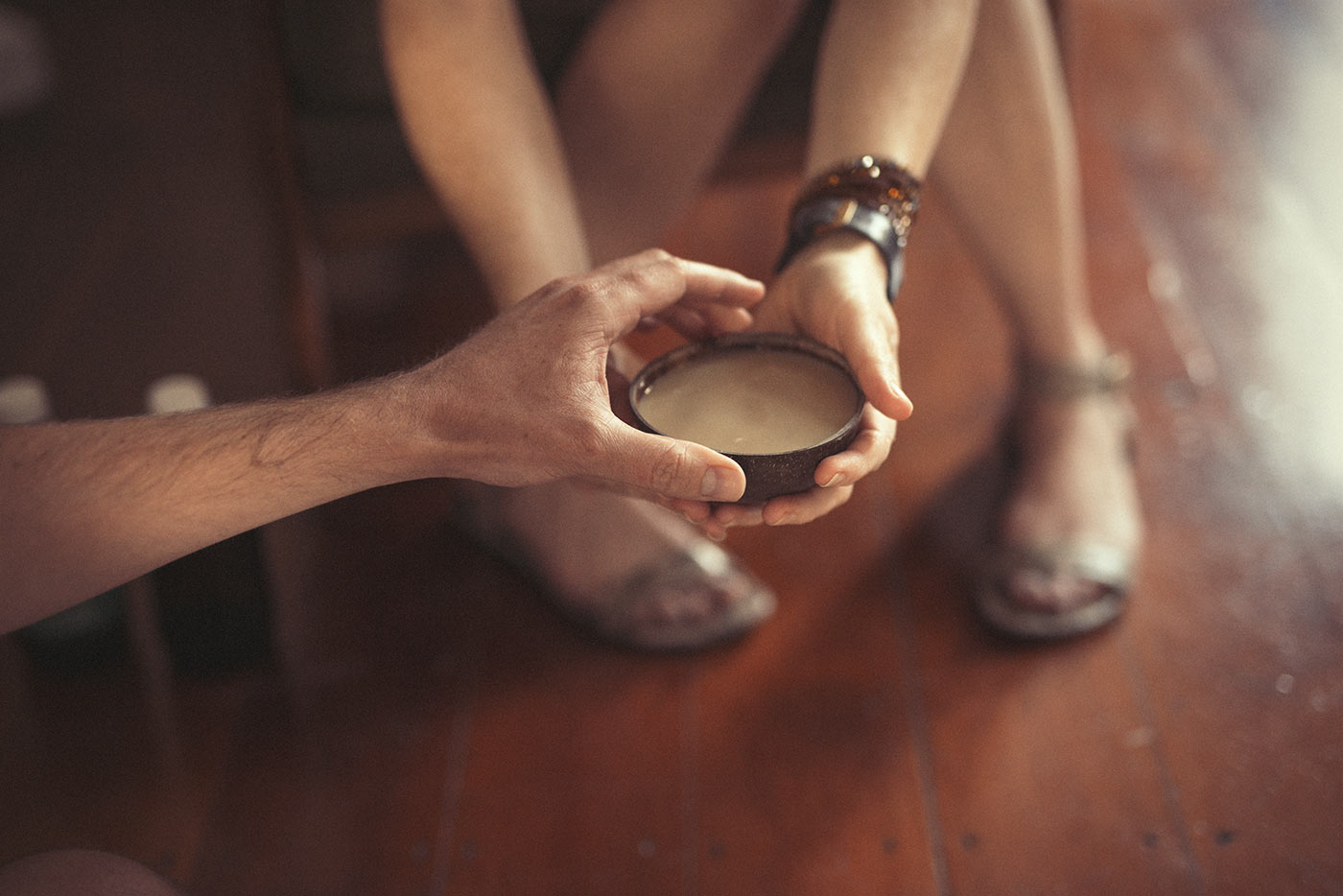
A special thank you to Henry from The Kava Society for sharing your knowledge and your Kava with us. It was most appreciated. 🙂
And a big thank you to my buddies (DMF, Tamsin, and Jesse) for not only slurping slurries with me, but for providing me with their honest and helpful feedback. xo
I’ve written about a number of different medicinal herbs that I believe are incredibly beneficial for your health.
To select from these, please click this link.
Lisa Fitzgibbon is a degree qualified (2006), experienced and registered Naturopath & Medical Herbalist. She runs her own private practice – OOMPH in Grey Lynn, Auckland, New Zealand.
Lisa has been involved in the Natural Health industry for 16 years. She draws on her professional training and experience, as well as her own personal experience to bring you realistic, holistic health advice.
Book onlineThe consensus is that the rate of hepatotoxicity associated with Kava consumption is very low.
There have been no major safety concerns with Kava prior to 1998. However, those side-effects observed in clinical trials have included: headache, tiredness, allergic skin reactions, digestive complaints, and a mild euphoric effect (after large doses).
Kava should be used with caution in the following cases: pregnancy, lactation, endogenous depression, preexisting liver conditions, the elderly (especially those with Parkinson’s disease). Although, no adverse effects are expected at normal therapeutic doses.
Kava dermopathy (a dry, scaly, pigmented skin condition) which is commonly seen when Kava is consumed in excessive amounts, can be avoided if normal therapeutic doses are adhered to.
Nervine/Sedative herbs are idiosyncratic, which means that they will have different effects depending on the individual taking them. Some people will greatly benefit from Kava, while others may not observe much of a change at all. This is why I generally like to use these types of herbs as part of a formula.
The anti-cancer properties could be due to:
• Methysticin being a potent inhibitor of nuclear factor-kappaB. (Inhibiting cancer development)
• Kavalactones enhancing antioxidant response via the ARE pathway.
• Chalcone constituents being strong anti proliferative & apoptotic effects.
Subscribe to LISA SAID SO
Subscribe to the LSS newsletter to get updates on a very irregular basis.
Sorry for the interruption!
You seem to be interested in what Lisa has to say. To be updated when new articles are published, or we have news to share, enter your email below. Thanks!